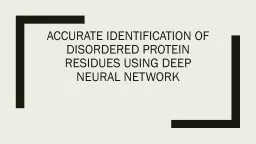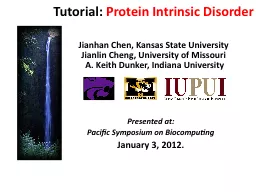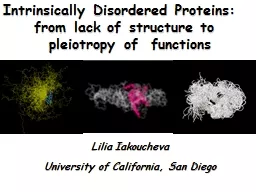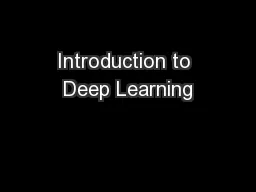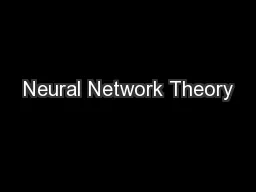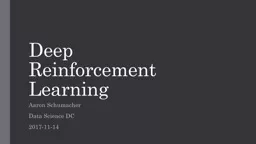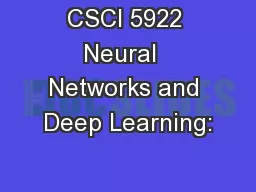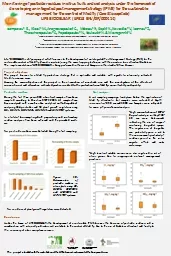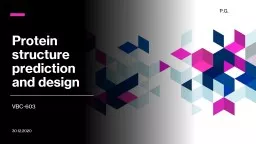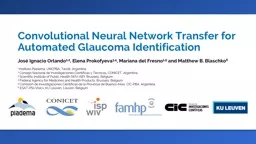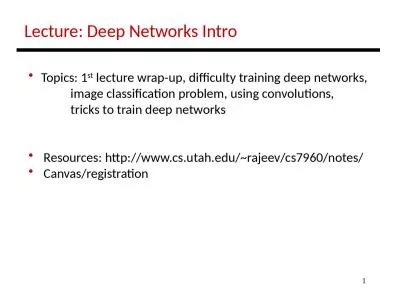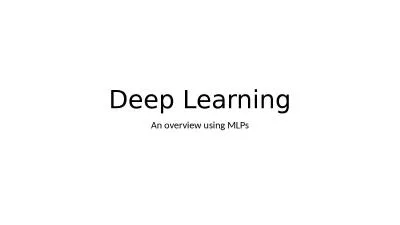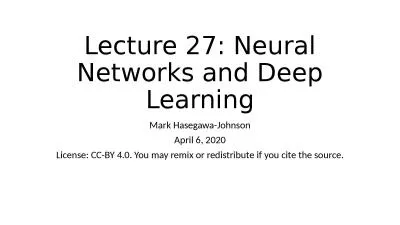PPT-Accurate Identification of disordered protein residues using deep neural network
Author : min-jolicoeur | Published Date : 2019-02-28
The 4 th Annual Conference on Computational Biology and Bioinformatics Speaker Sumaiya Iqbal Author Sumaiya Iqbal Denson Smith Md Tamjidul Hoque Computer Science
Presentation Embed Code
Download Presentation
Download Presentation The PPT/PDF document "Accurate Identification of disordered pr..." is the property of its rightful owner. Permission is granted to download and print the materials on this website for personal, non-commercial use only, and to display it on your personal computer provided you do not modify the materials and that you retain all copyright notices contained in the materials. By downloading content from our website, you accept the terms of this agreement.
Accurate Identification of disordered protein residues using deep neural network: Transcript
Download Rules Of Document
"Accurate Identification of disordered protein residues using deep neural network"The content belongs to its owner. You may download and print it for personal use, without modification, and keep all copyright notices. By downloading, you agree to these terms.
Related Documents

